177 Perils of Popularity-No Safety in Numbers
NO SAFETY IN NUMBERS
by David Hancock
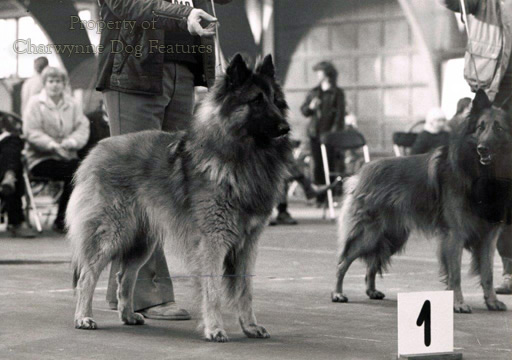 Walking round the Midland Counties dog show at Bingley Hall, Stafford, in late October on the "working group" of breeds day, I became increasingly aware not just of the overwhelming number of breeds which originated outside the United Kingdom but how many of those have only fairly recently become imports. Checking the list of breeds in the group recognised by the Kennel Club, my fears were confirmed: 50 breeds recognised, 38 originated abroad and only 12 here. How very different that could have been and how we have neglected our native working dogs.
Walking round the Midland Counties dog show at Bingley Hall, Stafford, in late October on the "working group" of breeds day, I became increasingly aware not just of the overwhelming number of breeds which originated outside the United Kingdom but how many of those have only fairly recently become imports. Checking the list of breeds in the group recognised by the Kennel Club, my fears were confirmed: 50 breeds recognised, 38 originated abroad and only 12 here. How very different that could have been and how we have neglected our native working dogs.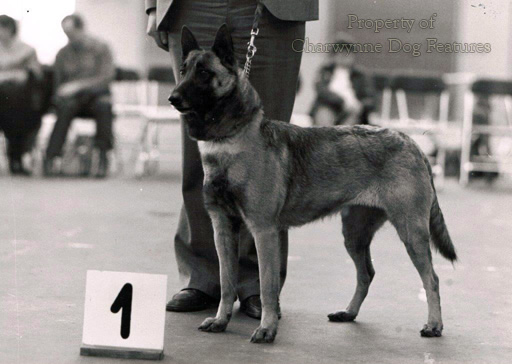
We recognise and patronise the four varieties of the Belgian shepherd dog, named after the region of their origin and differing mainly in coat colouring or texture. But we have produced even greater variety in our own shorter-haired shepherd dogs or working sheepdogs, perpetuated by just one recognised breed, the border collie. Yet behind this name lie such diverse breed types as the Welsh hillman and black and tan sheepdog of Wales, the Glenwherry collie and Galway sheepdog of Ireland and the leggy sheepdog of the Lake District. 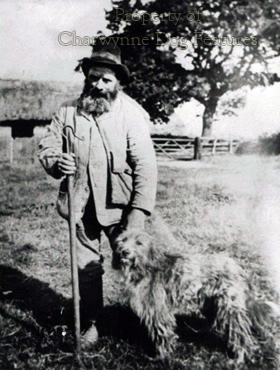
Some would argue that the rough and smooth collie and the Shetland sheepdog belong in this list. But they were developed from broader-headed shorter-coated working types by show breeders and outcrossed outside the sheepdog family to obtain the now characteristic narrow skull and sharper muzzle.
Now favouring herding breeds from Hungary, Poland, Turkey, Australia, France, Germany, Belgium, Italy, Sweden, Norway and Portugal, we seem to be trying hard to conserve and perpetuate foreign breeds at the expense of our own. When we have our own delightful bearded collie, why do we need comparable breeds from France, Poland and Hungary? In 1988, 74 Swedish vallhunds, their equivalent of our heelers, were registered. We only just saved the Lancashire heeler from extinction and the Cardigan corgi is an endangered breed. Why conserve a foreign breed when our own native working breeds are threatened?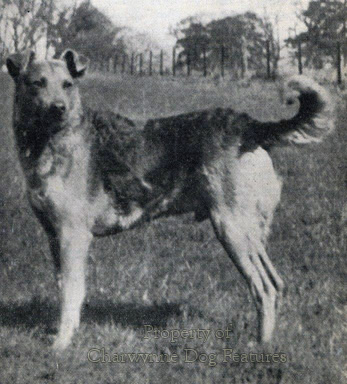
When I went to dog shows as a boy, there wasn't an Anatolian shepherd dog, Belgian shepherd dog, Bouviers des Flandres, Briard, Estrela mountain dog, Hovawart, Kuvasz, Komondor, Maremma sheepdog, Norwegian buhund, Polish lowland sheepdog or Swedish lapphund in sight. Why do we suddenly need them in 1990? I am all for freedom of choice but are the importers motivated by the British penchant for novelty, the fickleness of dog owners, an altruistic desire to safeguard a breed or profit?
Three weeks before the Midland Counties dog show, I was speaking at a seminar organised, very commendably, by fanciers of a working breed from Asia Minor. The first question I was asked at question time was: "How can we keep the working instincts of our breed alive in this country?" I would have thought that was the key question to be answered before this breed was imported into Britain, not after. How nice it would be to hear a British dog-enthusiast raising the question: "How can we re-create old working breeds like the Welsh hillman and the Smithfield sheepdog?"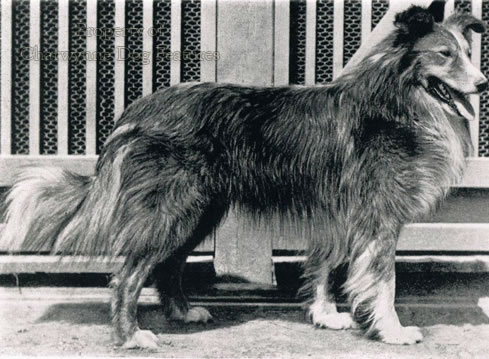
But quite apart from the overwhelming numbers of foreign dogs in this group at the Stafford showground, I was struck too by the enormous disparity in the numbers of some breeds present. German breeds like the Rottweiler, the Dobermann and German shepherd dog dominated the entry. And if you look at the annual registrations of breeds with the Kennel Club in this group, this fact becomes even more striking. In 1988 four and a half thousand Dobermann pinschers, fourteen and a half thousand German shepherd dogs and seven and a half thousand Rottweilers were registered. If you add to these breeds, four and a half thousand Boxers and two thousand Great Danes, we would appear to be trying really hard to promote the dogs of Germany. If you asked me to recommend a guarding breed it would be our own Bullmastiff, yet in 1988 only 763 were registered---against 33,000 German dogs !
In any free society, quite rightly, people are free to choose the breed of dog which has appeal for them, however unwise or misguided such choices can turn out to be. But nowadays there are dangers in choosing a breed which is either bred in great numbers or suddenly becomes the desired breed of the trend-chasers. Every breed has its merits but the public are remarkably unwary of the risks attached to the highly popular, overbred, very numerous, overproduced breeds. The national newspapers have perhaps overpublicised the behavioural problems in some of these too popular breeds but all too often overlook the physical problems sadly associated with overproduction. Demand, regrettably, attracts the puppy-farmers and the less honourable breeders.
The most popular breeds registered annually with the Kennel Club over the last few years are led by those which, far too often, feature inherited defects, physical unsoundness and suspect temperament. The German shepherd dog tops this popularity poll with over 14,000 new registrations each year. This is a fine breed when well bred; quick to mature, eager to please and responding well to training. But I would hesitate many times before owning one, not because of the all too often exaggerated stories of their behaviour or even through the congenital disease problems in the breed, but because I do not believe the contemporary fad for a roach back and the hindquarters of a cat produces a physically sound dog.
This fad has only appeared in the last few decades; why should a breed which, when first introduced here at the start of the century, had a level topline suddenly need to feature a roach back and underslung back legs ? Why don't other breeds of dog display this strange anatomical feature if it is so desirable ? Look at the early photographs of the founding stock in the breed: Cito v. Bergerslust (1922 German Grand Champion Dog), Asta v. Kaltenweide (1922 German Grand Champion Bitch), Claus v. d. Furstenburg (1922 Austrian Grand Champion), Anni v. Alfenbosch of Comus (1922 Dutch Grand Champion Bitch), Astor v. d. Rathenau-Schlucht (1925 German Police Grand Champion) and then the Brittas, Saltburn or Southdown products of fifty or sixty years or so ago. Such dogs had a level topline and no hyper-angulation in their hindquarters; why the need for change and who has the right to inflict human whim on functional animals ?
The German shepherd dog, the Labrador and the Golden Retriever each as breeds have worrying behavioural and congenital disease problems. These three breeds provide the top three in the most numerous breeds as registered with the Kennel Club in recent years. In 1988 over 1,600 German shepherds ended up in Battersea Dogs' Home; only 225 were claimed. These breeds feature high up in the list of breeds which most often display suspect temperament.
Another highly popular breed, the Yorkshire terrier, is a victim of the public demand for miniature dogs, with deformed tear ducts, progessive loss of sight, slipping knee caps and collapsing hip joints being just some of the defects found in the breed. Another 10,000 are registered with the KC every year; there is no control over the soundness of their breeding. A plucky little breed and a valued companion, they are paying the penalty of popularity coupled to rampant human whim. When are we going to consider the wellbeing of such dogs ?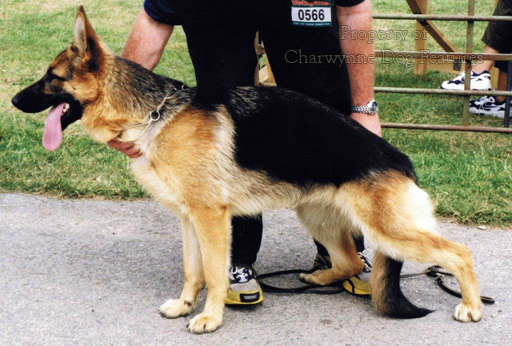
One day soon, the first question to be asked when choosing a breed of dog might be: how many of them are being bred ? There is not exactly safety in numbers in dog-breeding! Perhaps one day, not soon enough, we might decide to respect dogs for what they are rather than what we want them to be or what we desire to copy.
I shudder when I see a breed used to advertise a product on commercial television. Featuring an Old English sheepdog in the well known paint advertisement led to literally hundreds of the breed ending up abandoned, once unthinking new owners realised what their coat and appetite required. A vet told me recently of a fine-looking still perfectly healthy 12 year old Labrador bitch being brought into his surgery for destruction because, it was explained, "my little girl wants one of those beardies in the dogfood advert". Watch out, beardies, your time will come !